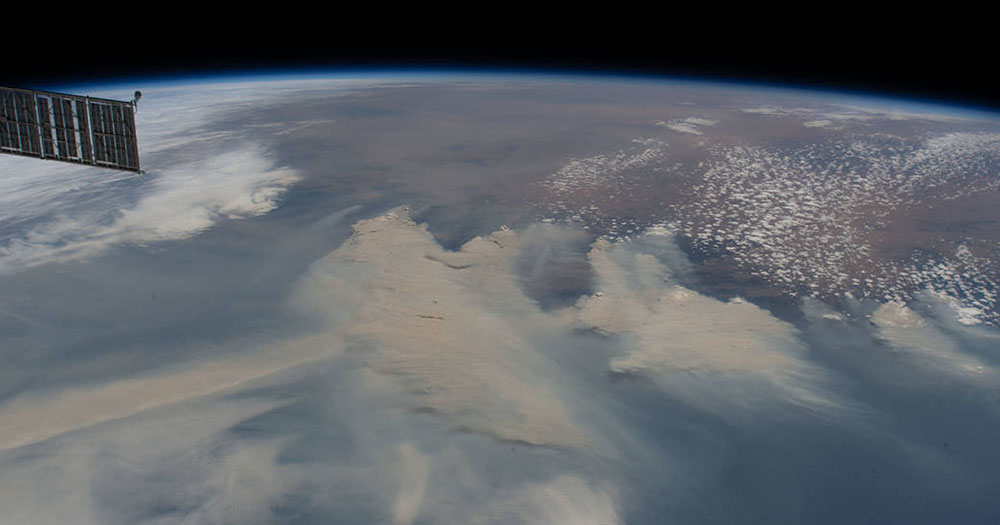The fallout from Australia's bushfire has gone global.
Bushfire smoke expected to make a circuit around the globe
On Jan. 10, NASA stated that the smoke from the Australian bushfire is expected to fully circle the globe and return to Australia.
The space agency noted that the smoke had crossed South America on Jan. 8, turning the skies hazy.
Before that, the smoke had turned both the sky in New Zealand yellow and its glaciers brown.
Extent of smoke is due to firestorms
NASA elaborated that the extent of the smoke is due to a weather phenomenon known as pyrocumulonimbus events -- thunderstorms induced by the bushfire.
The current "unprecedented" conditions of heat and dryness in Australia has fuelled the formation of an "unusually large number" of such firestorms.
BBC reported that such firestorms are triggered when massive fires generates a smoke plume that can reach the stratosphere, about 15km in the sky.
Pyrocumulonimbus near Bowral #NSWfires #bushfires pic.twitter.com/FzgPNX7H34
— Christopher Mortimer (@mortie23) January 4, 2020
The smoke then condenses to form storm clouds, but instead of rain, the storm spreads embers from the fire below it.
Additionally, it can generate its own lightning and in some cases, fire tornadoes, such as what happened during an earlier bushfire in the Australian suburb of Kambah, Canberra, in 2003, The Conversation reported.
The firestorm also serves as a chimney, transporting large quantities of smoke into the lower stratosphere, NASA Earth Observatory further stated.
Smoke can spread thousands of km once it reaches the stratosphere
Smoke is able to spread thousands of kilometres once it has entered the stratosphere, thereby affecting "atmospheric conditions globally", NASA further highlighted.
Studies are currently underway to determine the effects of the smoke, such as whether it results in a "net atmospheric cooling or warming" effect.
Air quality for Australia's cities are at hazardous levels
In the meantime, the air quality for Australian cities such as Melbourne, Canberra, Sydney and Adelaide has been recorded at hazardous levels, BBC reported.
Thus far, at least 28 people have died in the disaster, while over 2,000 homes have been destroyed in the disaster.
Size of bushfire:
How the disaster has affected Australia's animals:
Top photo from NASA
If you like what you read, follow us on Facebook, Instagram, Twitter and Telegram to get the latest updates.
